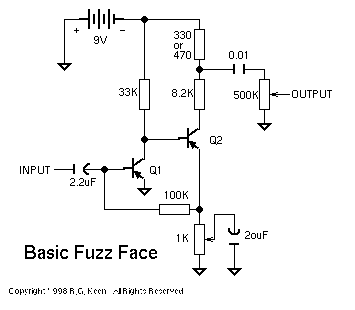What replaces 2n2614, 2n2613, or 2n270?
Also, what do I need to know about transistors in a nutshell? I know it's a broad question but I'm just looking for a starting point on how to understand them. Thanks for any help.
Also, what do I need to know about transistors in a nutshell? I know it's a broad question but I'm just looking for a starting point on how to understand them. Thanks for any help.




Comment